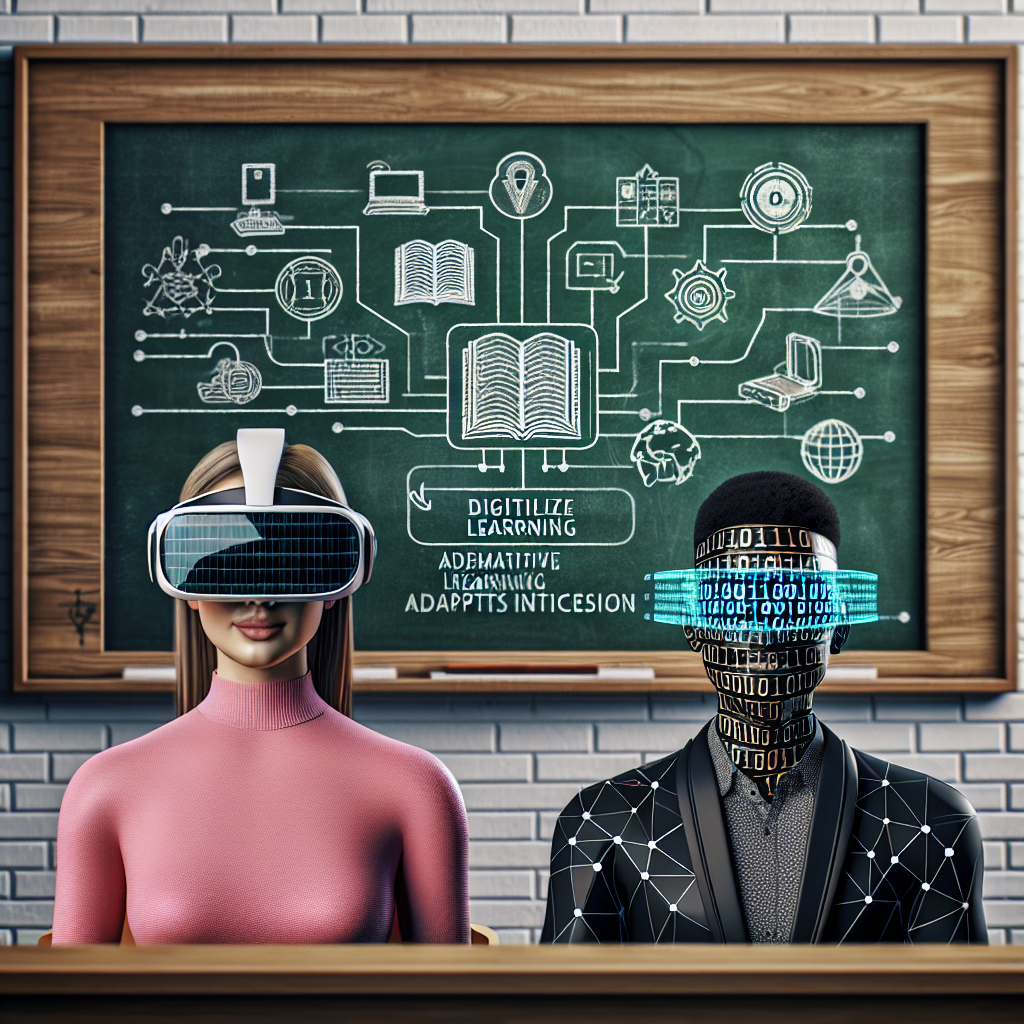Artificial Intelligence (AI) has become an increasingly important and prevalent tool in education, with the potential to revolutionize the way students learn and teachers teach. By harnessing the power of AI, educators can provide personalized instruction, improve learning outcomes, and enhance the overall educational experience for students.
One of the key ways in which AI is being utilized in education is through adaptive learning technologies. These technologies use algorithms to analyze student performance and behavior, allowing educators to tailor instruction to meet the individual needs of each student. By providing personalized instruction, adaptive learning technologies can help students learn at their own pace and in a way that best suits their unique learning style.
Furthermore, AI can also be used to automate administrative tasks, such as grading assignments and providing feedback to students. This can help teachers save time and focus more on developing engaging and effective lesson plans, ultimately leading to better learning outcomes for students.
Another benefit of AI in education is its ability to provide real-time feedback to students. By analyzing student performance data, AI can identify areas where students are struggling and provide targeted interventions to help them improve. This can help students stay on track and address any learning gaps before they become larger issues.
In addition, AI can also be used to create more engaging and interactive learning experiences for students. For example, AI-powered virtual tutors can provide students with personalized instruction and support outside of the classroom, helping them to reinforce their learning and stay motivated.
Overall, the use of AI in education has the potential to transform the way students learn and teachers teach. By harnessing the power of AI, educators can provide personalized instruction, improve learning outcomes, and create a more engaging and effective educational experience for students.
FAQs:
Q: How does AI improve learning outcomes in education?
A: AI improves learning outcomes in education by providing personalized instruction, real-time feedback, and targeted interventions to help students improve their performance. By analyzing student data and behavior, AI can identify areas where students are struggling and provide tailored support to help them succeed.
Q: How can AI be used to create more engaging learning experiences for students?
A: AI can be used to create more engaging learning experiences for students by providing interactive and personalized instruction. For example, AI-powered virtual tutors can engage students in learning activities and provide support outside of the classroom, helping them to reinforce their learning and stay motivated.
Q: What are some examples of adaptive learning technologies in education?
A: Some examples of adaptive learning technologies in education include personalized learning platforms, AI-powered tutoring systems, and adaptive assessment tools. These technologies use algorithms to analyze student performance and behavior, allowing educators to tailor instruction to meet the individual needs of each student.
Q: How can educators integrate AI into their teaching practices?
A: Educators can integrate AI into their teaching practices by using AI-powered tools and technologies to automate administrative tasks, provide personalized instruction, and deliver real-time feedback to students. By harnessing the power of AI, educators can enhance the overall educational experience for students and improve learning outcomes.
Q: What are some potential challenges of using AI in education?
A: Some potential challenges of using AI in education include concerns about data privacy and security, the need for proper training and support for educators, and the risk of AI bias affecting student outcomes. It is important for educators to be aware of these challenges and take steps to address them in order to maximize the benefits of AI in education.

